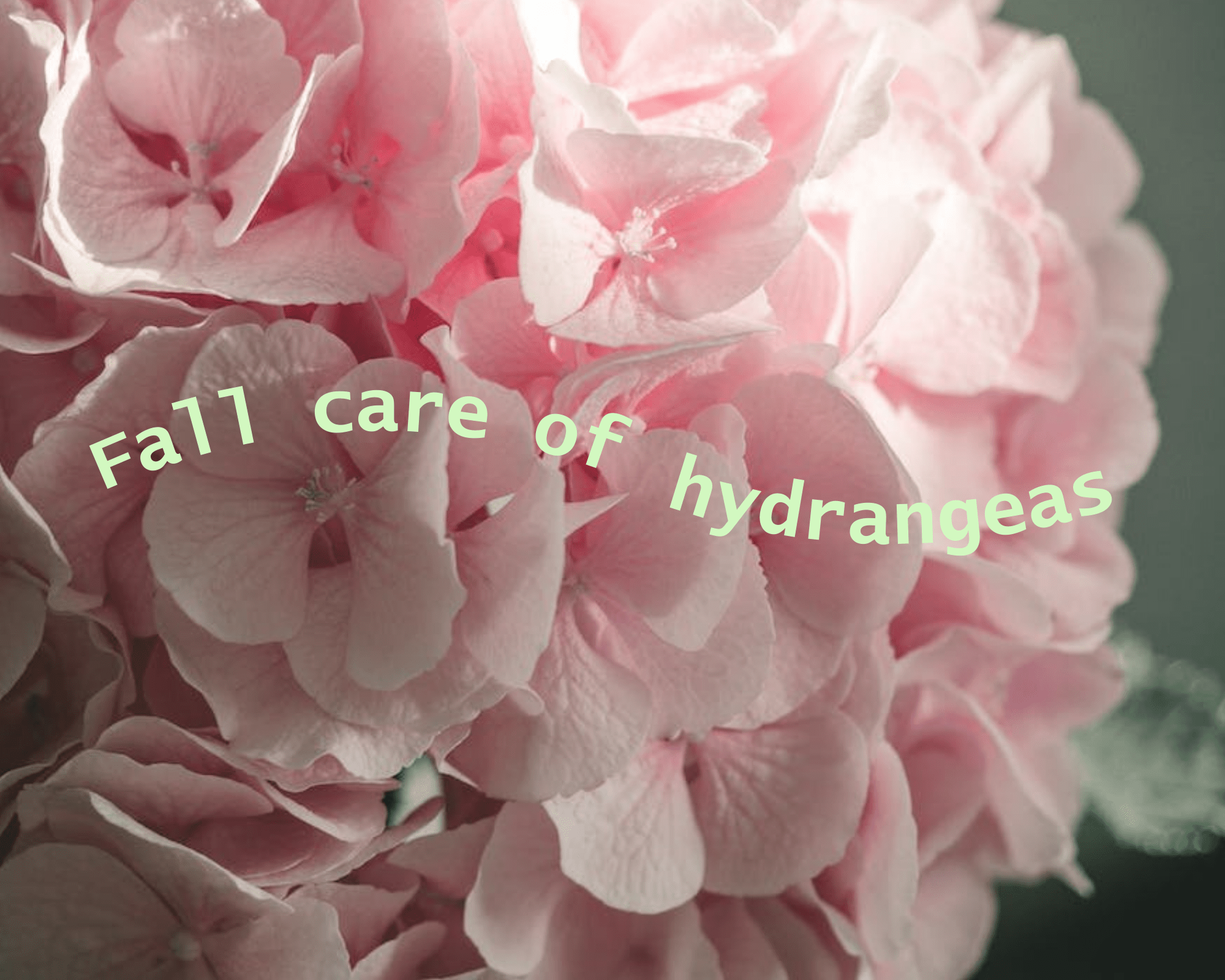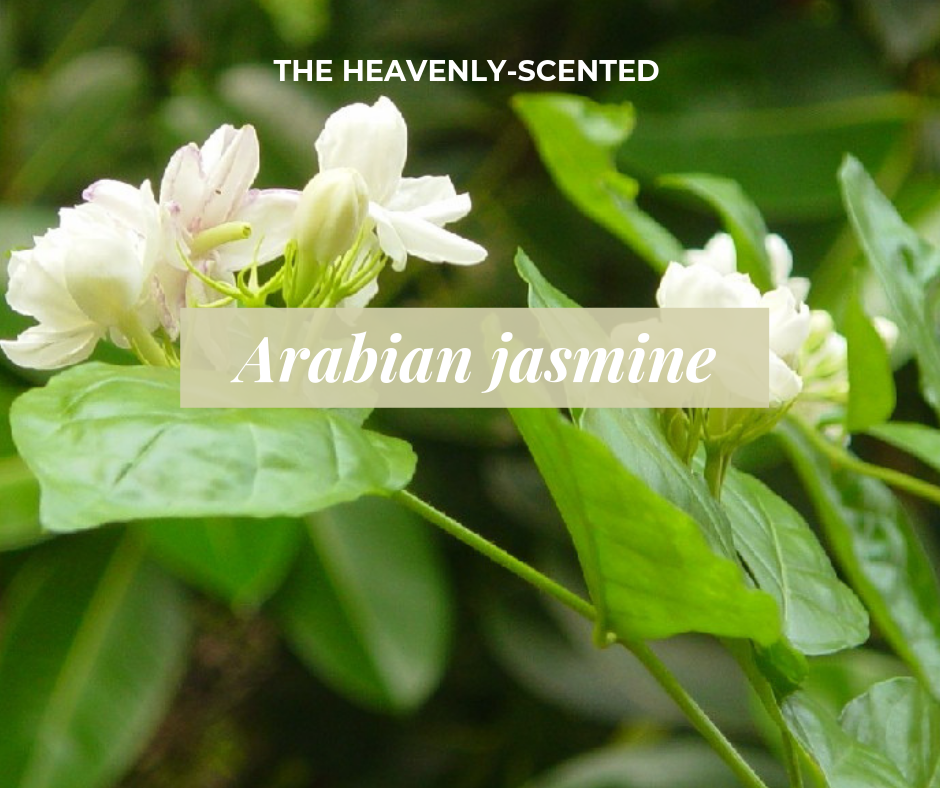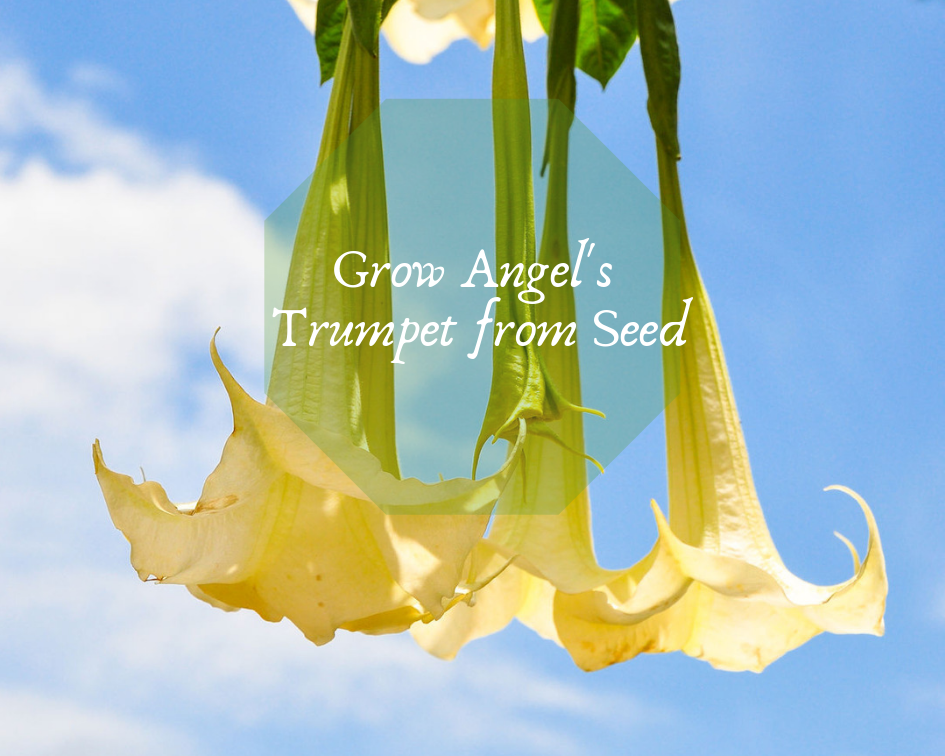This post may contain affiliate links. As an Amazon Associate we earn from qualifying purchases.
It’s officially fall, time to learn fall care for hydrangea!
Flowers don’t get much more interesting than those of the hydrangea (Hydrangea spp.). Although many sources claim that the plant’s common name is “hortensia,” we’ve never heard it referred to as such.
Maybe it’s a European thing because apparently, that nickname was created to honor a French astronomer and mathematician, Nicole-Reine Hortense Lepaute.
But, back to the flowers. That is why we grow hydrangea, right?
What you need to know about hydrangea
The most commonly grown hydrangea here in the U.S. represent only a handful of the number of hydrangea species. It’s important to note that care requirements vary among the popular species.
In other words, learn the requirements for your specific hydrangea and you’ll have won half the battle of caring for it.
You should also know that the plant is toxic to humans and our pets. All hydrangea species contain Cyanogenic glycoside, “… chemical compounds that release hydrogen cyanide,” according to Kumbukani K. Nyirenda, from the book “Medical Toxicology.” (Pınar Erkekoglu and Tomohisa Ogawa, editors).
Don’t allow pets and children to consume any part of the hydrangea.
Finally, you need to know whether your hydrangea blooms on old wood or new. Old wood stems were produced at least one season before. New wood consists of stems that were produced during the current season.
Why is this important?
You’ll find out when we get to the pruning section.
 Need to plant a hydrangea?
Need to plant a hydrangea?
Fall is the ideal time to plant certain types of hydrangea. Wait for late spring or early summer to plant H. serrata (mountain) or macrophylla (bigleaf).
You’ll want to get your hydrangea into the ground at least a month to a month and a half before your area’s first frost. This allows the roots to become established before the shrub goes dormant.
Choose a spot where the soil drains well and gets lots of sunshine in the morning and some shade or partial shade in the afternoon.
If you’re one of those gardeners who insists on adding fertilizer and other items to planting holes, you may want to forego it with these fall-planted hydrangea. It’s never a good idea to push growth on a plant this late in the year.
Finally, add a thick layer of organic mulch to the top of the soil, completely surrounding the hydrangea, but pulled back so that is 6 inches away from the base.
Water deeply and keep the soil moist until the first frost.
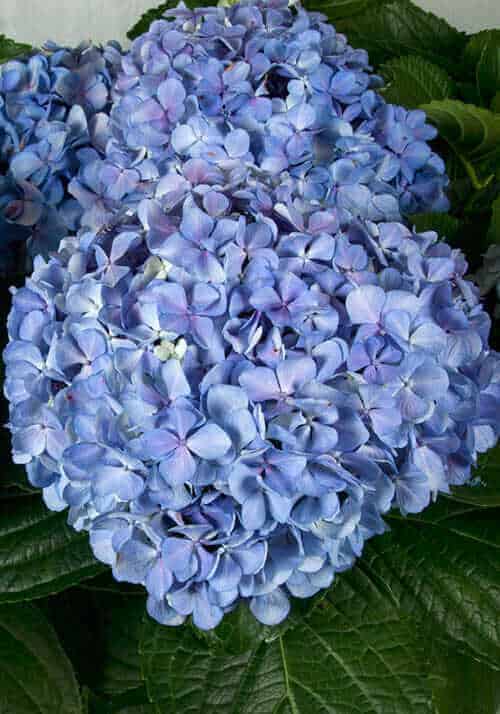
Fall care for hydrangea: to prune or not to prune?
Surprisingly, whether the wood is old or new, when it comes to fall care for hydrangea, there is no pruning requirement in the fall. But let’s take a look at which ones will require it later on in the year or next year.
Most of the more commonly grown hydrangeas bloom on old wood. They don’t require pruning and, if you do prune, you may remove buds and decrease the amount of bloom you’ll get.
Here’s your hydrangea pruning schedule:
Prune these hydrangea after flowering, typically in summer (these bloom on old wood)
- Mophead and Bigleaf hydrangea ( macrophylla)
- Oakleaf hydrangea ( quercifolia)
- Mountain hydrangea ( serrata)
- Climbing ( anomala subsp. petiolaris)
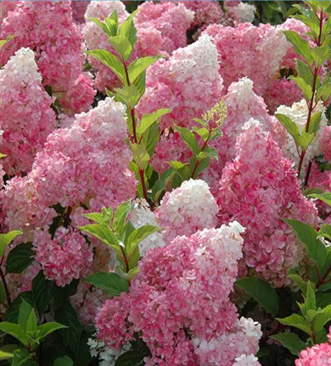
Prune these hydrangea before new growth begins, either in late winter or early spring (these bloom on new growth)
- Panicle ( paniculata)
- Smooth ( arborescens)
It’s critical that you don’t cut back old wood hydrangea in the fall. Unless you don’t care about the blooms for next season.
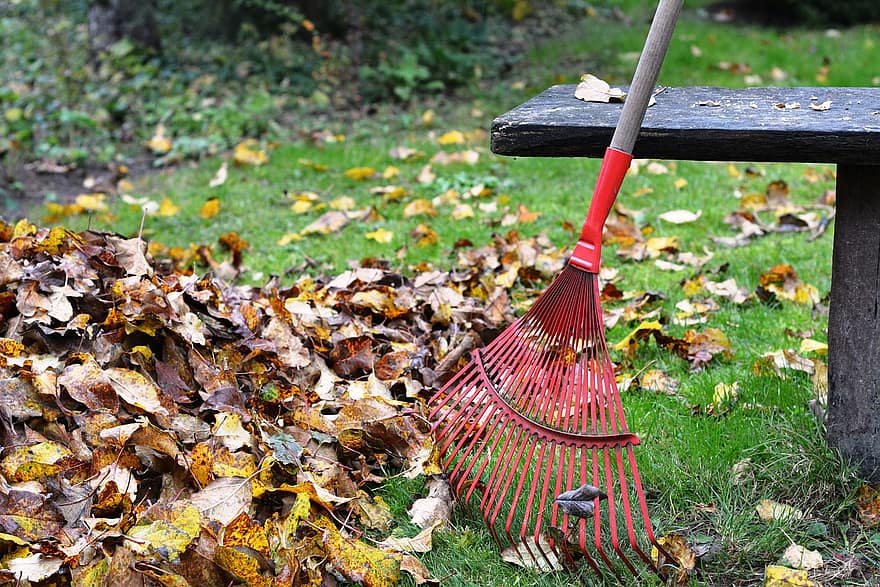 Clean it up
Clean it up
Ah, the debate rages on. Should we leave the fallen leaves and other garden debris on the soil to help out the beneficial insects in the garden to overwinter or should we clean it up to get rid of the baddies?
I am of the clean-up-the-debris school of thought. For every beneficial insect or butterfly that hangs out in leaf litter there are a million more leaf miners, bulb maggots and spider mites that do the same.
I am also aware that most of my neighbors leave enough litter in their gardens to do the good deed.
Clearing away leaves, weeds and other debris on the soil in a large area around the hydrangea is a big step toward a healthier plant in spring.
That’s it for this time. We’ll be back soon to give you some tips on how to overwinter your hydrangea.
In the meantime, learn all you need to know about caring for hydrangea
